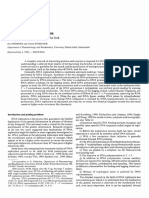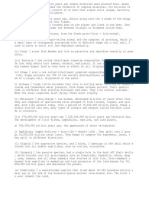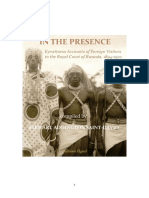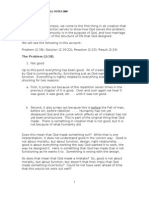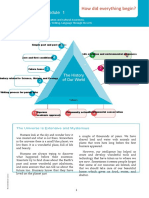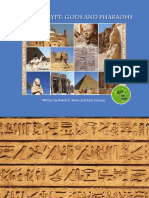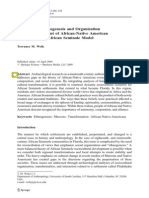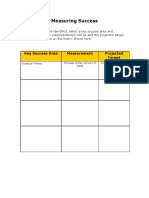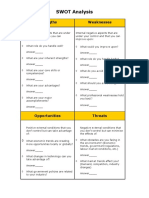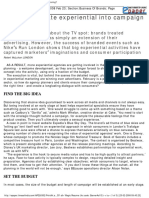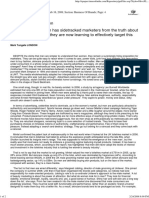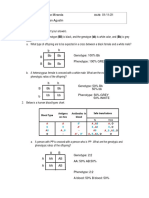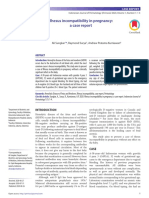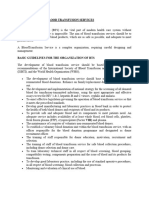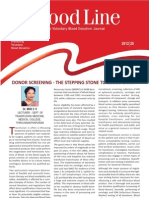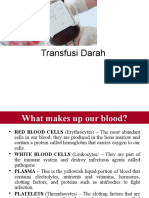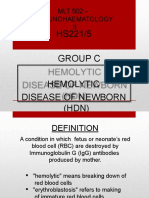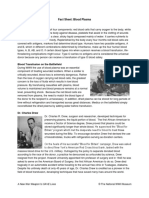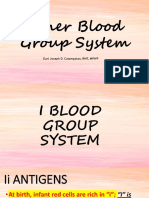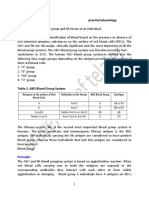100% found this document useful (1 vote)
90 views10 pagesUsing Blood-Typing To Determine Causes of Death in Surgery Patients
This document provides background information and instructions for an activity where students investigate the cause of higher-than-normal death rates among surgery patients at a local hospital. Students are given records of 10 patients' blood types, the blood types they received in surgery, and whether they survived. Using a blood typing kit and simulated blood samples from the patients and blood bags, students must determine the correct blood types and identify any mismatches between a patient's type and the blood they received. The goals are for students to use the scientific method, proper lab techniques for blood typing, analyze data to find mistakes, and design an experiment.
Uploaded by
ZirseyCopyright
© © All Rights Reserved
We take content rights seriously. If you suspect this is your content, claim it here.
Available Formats
Download as PDF, TXT or read online on Scribd
100% found this document useful (1 vote)
90 views10 pagesUsing Blood-Typing To Determine Causes of Death in Surgery Patients
This document provides background information and instructions for an activity where students investigate the cause of higher-than-normal death rates among surgery patients at a local hospital. Students are given records of 10 patients' blood types, the blood types they received in surgery, and whether they survived. Using a blood typing kit and simulated blood samples from the patients and blood bags, students must determine the correct blood types and identify any mismatches between a patient's type and the blood they received. The goals are for students to use the scientific method, proper lab techniques for blood typing, analyze data to find mistakes, and design an experiment.
Uploaded by
ZirseyCopyright
© © All Rights Reserved
We take content rights seriously. If you suspect this is your content, claim it here.
Available Formats
Download as PDF, TXT or read online on Scribd
/ 10
